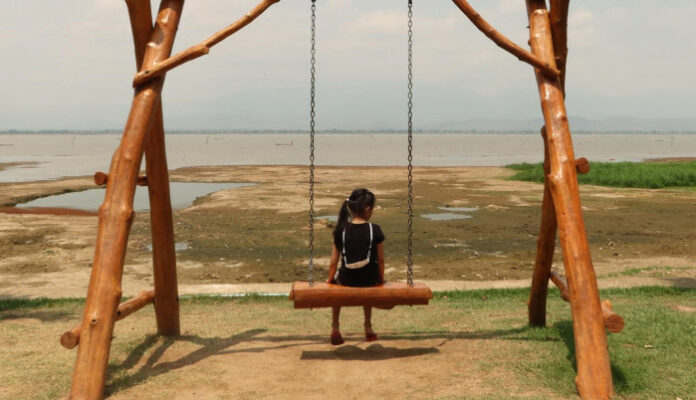Thailand has experienced an unusually prolonged period of water crises over recent years. The dry seasons are becoming longer and drier, while the rainy seasons are shorter but with more intense rainfall. This oscillating pattern of droughts and floods has become harder to predict and is causing more serious impacts.
Solving the problem is no easy task. Water management in Thailand is complex and daunting because there are many factors involved, some of which conflict with one another — water shortage caused by growing water demand in various sectors, serious floods, rapid urbanisation, land use change, as well as outdated urban water systems and irrigation infrastructure. As climate change intensifies, these pressures and problems are harder to deal with.
The latest World Bank assessment confirms the ongoing problem. Released in June, the World Bank’s Thailand Economic Monitor (TEM) highlights the economic consequences of such water crises for Thailand. The report warns that floods and droughts due to climate change could lead to declines in GDP of between 10-15% by 2050, with climate-related risks disproportionately impacting poor people.
The report highlights the need for further administrative, institutional and regulatory reform, and more investment to upgrade water management infrastructure from reservoirs for reserving water in the dry season and water draining to cope with floods.
Our research on water management in Thailand is in line with the World Bank’s findings. A critical gap lies in how these challenges can be addressed. We see four key areas that require urgent action:
Dealing with complexity and uncertainty
The TEM points to climate variability and the need to incorporate understanding of risk in how we store and distribute water, and deal with shortages. The notion of climate variability is of central importance in dealing with our climate future. Climate change will not happen in a predictable linear manner. The future will not be like our experience of the past, so we cannot draw so confidently on the lessons and practices of the past.
But the way that our government’s agencies and ministries are tasked to handle water issues is not designed to deal with predicting and dealing with uncertainty. Putting concepts of uncertainty and risk into practice will require fundamental shifts in how we think about the future and how we respond to change. While the Office of National Water Resources (ONWR) presents a new coordinated institutional structure, the challenges will lie in implementation.
In practice, changing rain precipitation patterns make it difficult for reservoir managers to know when to fill their reservoirs. Reaching full capacity too early leaves reservoirs exposed to heavy rainfall late in the season, which then requires emergency release. But not storing sufficient water in the rainy season leads to shortages in the dry season. With networks of reservoirs across the same basins, meeting water storage and distribution needs also requires much higher levels of coordination between local and national agencies and between different local agencies.
Infrastructure
Much of the country’s water infrastructure was designed and built for different purposes and for a very different climate regime. We are already witnessing the failure of water storage, with reservoirs running dry and distribution networks experiencing high levels of leakage. Existing drainage infrastructure in rapidly growing cities is designed for levels of precipitation that are now regularly exceeded, contributing to flooding.
Investment decisions on new hard infrastructure measures such as flood walls and drainage canals are usually a knee-jerk reaction to specific flood events rather than based on an understanding of the future. For example, the 2010 Hat Yai flood disaster prompted the construction of large-scale drainage canals to divert floodwater away from the city but was only completed in 2022. Now, land use patterns and the climate regime have changed, seriously undermining the drainage canals’ effectiveness. Constructing hard infrastructure using “old” data risks creating unforeseen problems in the future.
Land use planning
Most of the rapidly growing cities in Thailand do not have current land use plans, and where they do exist, natural hydrology is rarely protected.
The epic 2011 floods illustrated how the expansion of urban areas and industrial zones contributed to the flood crisis. Much of the urban growth follows road networks that themselves have inadequate drainage — some of which even blocked and damaged natural water-draining waterways.
Most perversely, we see expansion and land development on the wetlands, deltas and coasts that are most important for natural drainage and that are most exposed to climate risks.
Protecting water quality
Natural water sources are undermined by pollution and poor waste management. Landfill sites allow leakage into the soil and water. Much solid waste and sewerage is dumped into natural waterways, with very limited wastewater treatment.
The run-off from agricultural chemicals further impacts water quality. However, the understanding of what is in our water remains limited. Protecting natural water sources requires adequate monitoring to assess how safe our water is and to hold polluters to account.
The World Bank rightly points to the enormous economic impacts of failures in our water systems. Water is so fundamental to all aspects of our lives and well-being that the consequences of failure go well beyond economic risks.



